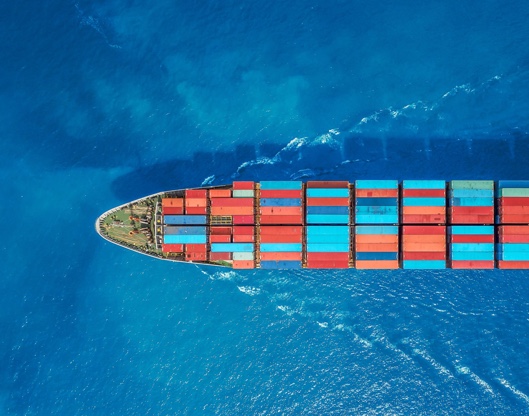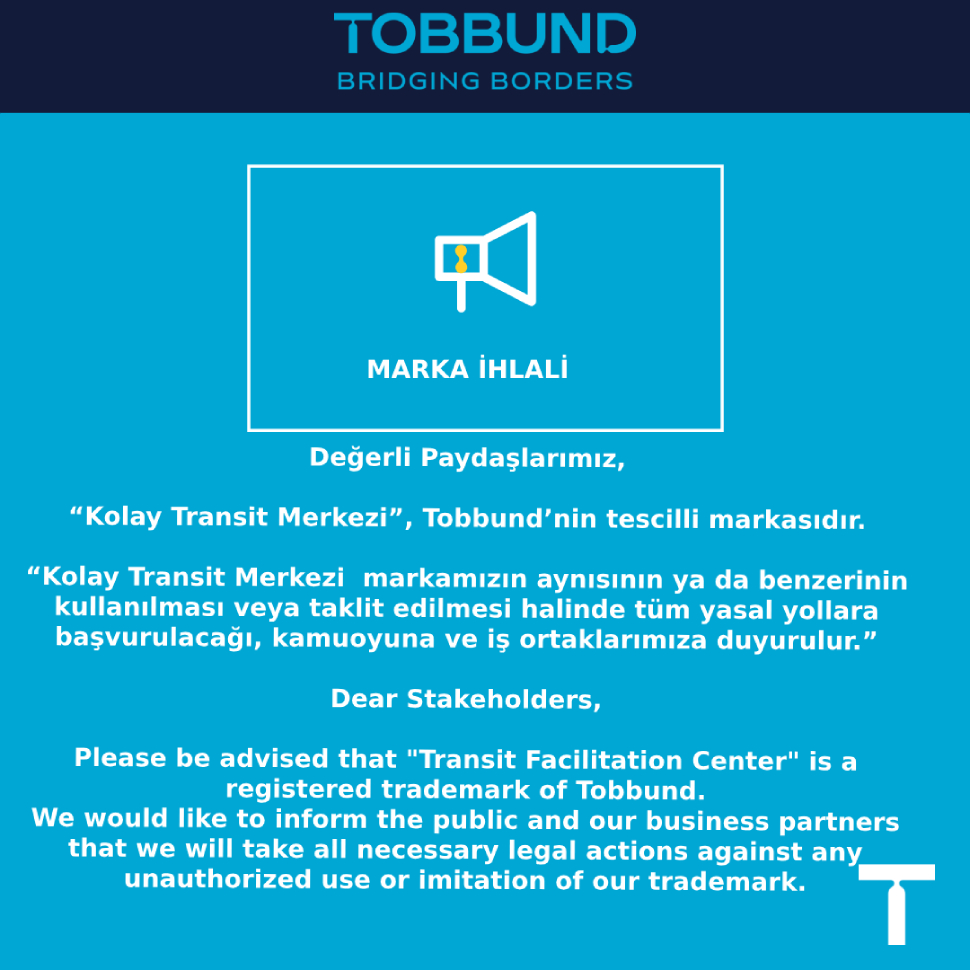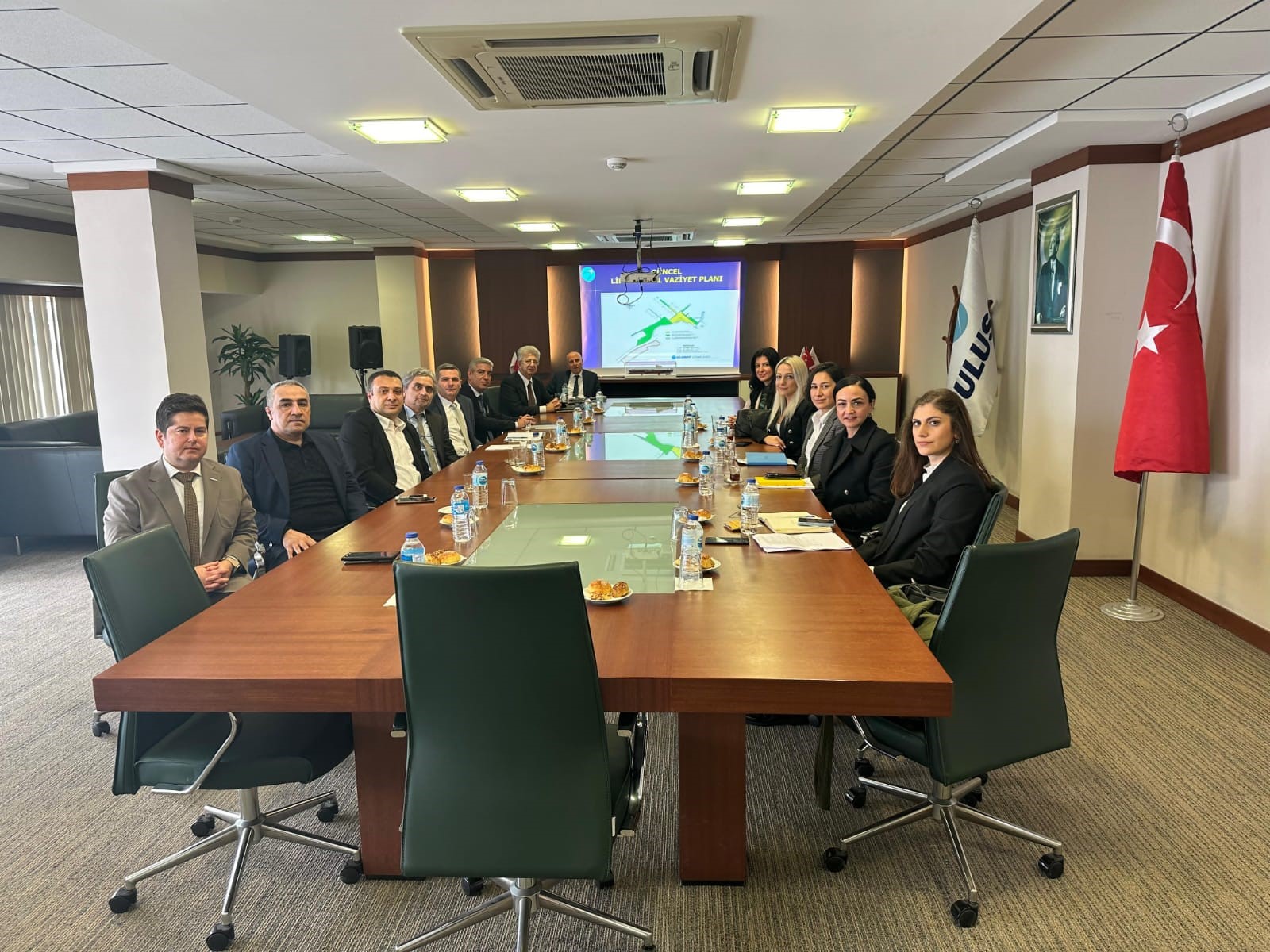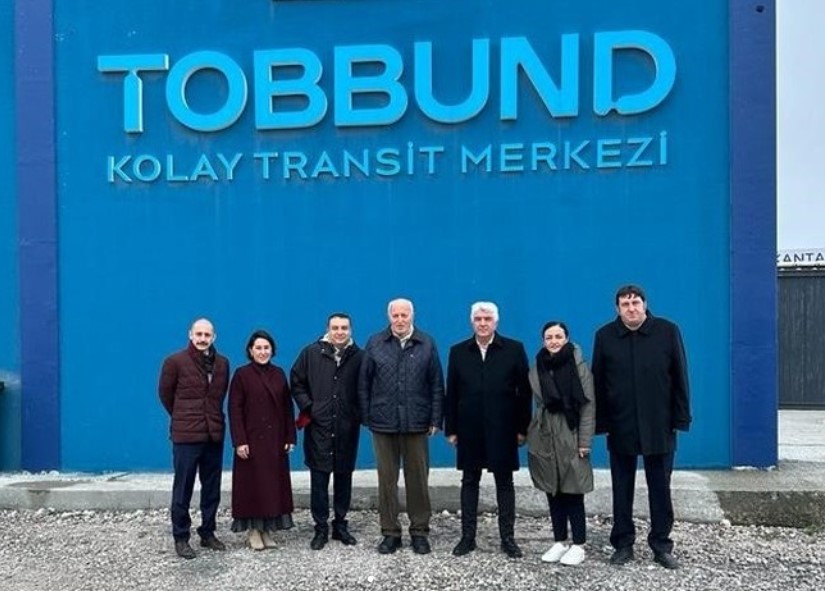Keşfet
Keşfet
Keşfet

Ortak Transit Sözleşmesi kapsamında uluslararası lojistik sektörüne teminat ve transit beyan hizmeti veriyoruz. Teknolojik çözümlerimizle müşterilerimize zaman ve maliyet tasarrufu sağlıyoruz.

14,838 milyar TL’lik teminat hacmimizle, Türkiye ve Avrupa gümrükleri ile entegre çalışan web tabanlı yazılım sistemimiz ile müşterilerimize lojistik yatırım alanlarında hizmet veriyoruz. Kara, deniz ve demir yolu teminatlı taşımalarınızda teminat sağlayıcı olarak hizmetinizdeyiz.

Online başvurunuzu yaptıktan sonra gerekli evrakları adresimize gönderip hızlıca sisteme dahil olabilirsiniz. Sistem kayıt detayları için bizimle iletişime geçebilirsiniz.

Rota 1 / TR-BG-RS-HR-SL-AT-DE,
Rota 2 / TR-BG-RO-HU-AT-DE,
Rota 3 / TR-GR-MK-RS,
Rota 4 / TR-BG-RS-HR-SL-AT-DE-BE-GB
Rota 5 / TR-BG-RS-HU-SL-AT-DE
TR Pendik – GR Patras, TR Pendik – IT Trieste, TR Pendik – IT Bari, TR Yalova - FR Sete, TR Yalova - IT Trieste, TR Çeşme - FR Sete, TR İzmir - IT Trieste, TR Karasu - RO Köstence, TR Mersin - IT Trieste


